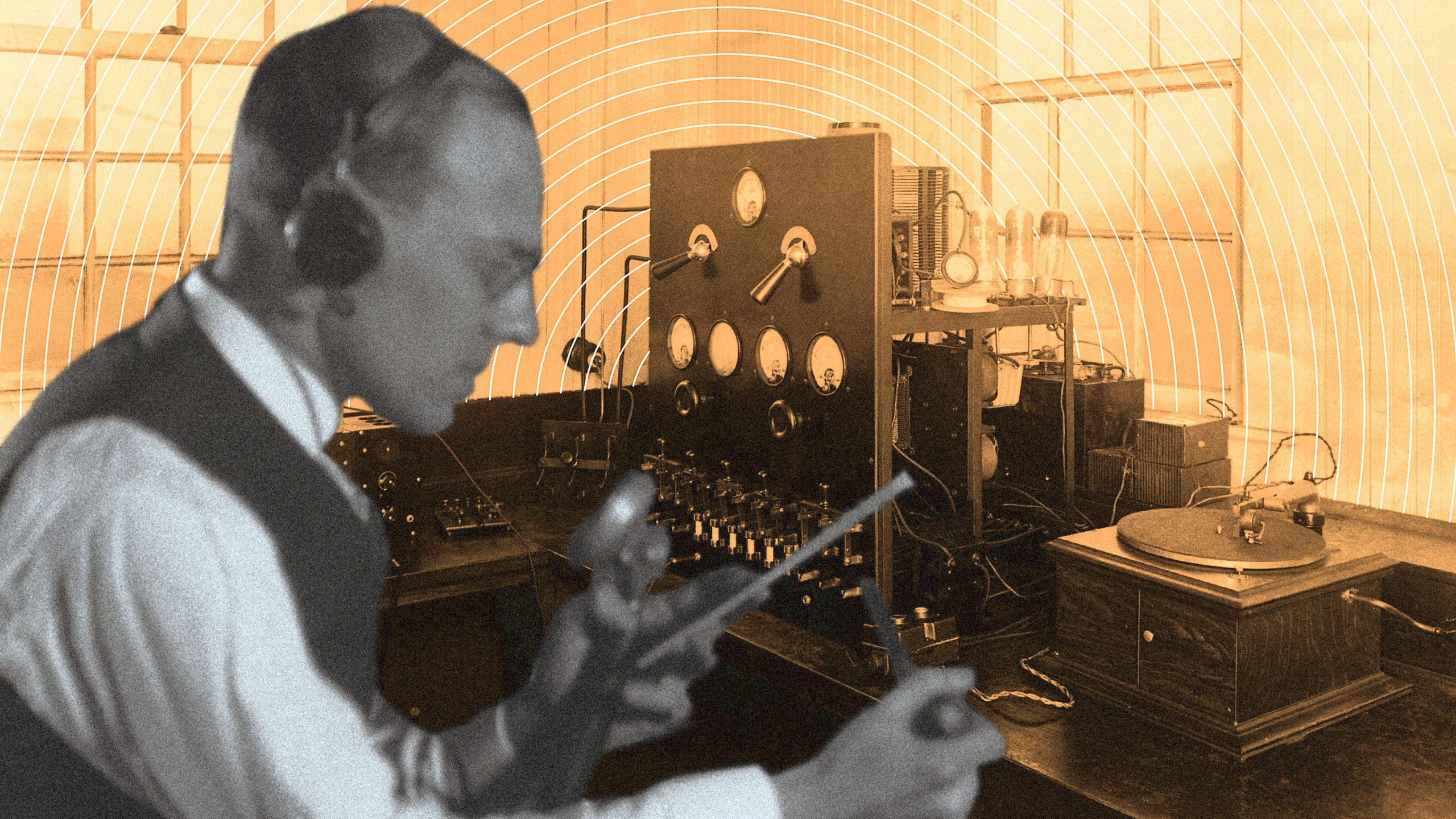
The rise of technology has brought about an increased demand for skilled professionals in the industry. One particular group that has found themselves in high demand and receiving high pay are tech managers. These positions require a unique set of skills that are highly sought after in today’s tech-driven world.
Tech managers are responsible for leading and coordinating teams of IT professionals to ensure that technology projects are delivered successfully and on time. They must possess strong leadership skills, technical knowledge, and be able to manage budgets while aligning technology initiatives with business goals. The complexity of the work requires someone with the ability to lead, communicate effectively and solve problems with agility and innovation.
The demand for tech managers has grown rapidly in recent years. Attracting and retaining over 80% of companies that operate in the technology sector, tech managers have been identified as one of the most in-demand professions in the industry. Due to the increased demand, tech managers are commanding high salaries. According to a recent survey, the median salary for tech managers in 2020 in the US was $147,857.
Employment in the technology industry is projected to grow by 11% from 2019 to 2029, which is much faster than the average for other occupations. This indicates that the demand will continue to grow, leading to even greater demand for highly skilled tech managers.
As technology continues to advance, the demand for tech managers will only continue to grow. These professionals have the ability to drive meaningful change within an organization, create more efficient systems, and ultimately turn data into value. With the high demand and high pay associated with the tech management position, it is a career path worth considering for anyone with strong leadership and technical skills.
In conclusion, tech managers have established themselves as highly sought after and well-paid professionals, with job growth projected to continue in the coming years. The increase in demand for highly skilled tech managers highlights the critical role they play in driving innovation, managing large teams, and achieving strategic business goals.…






